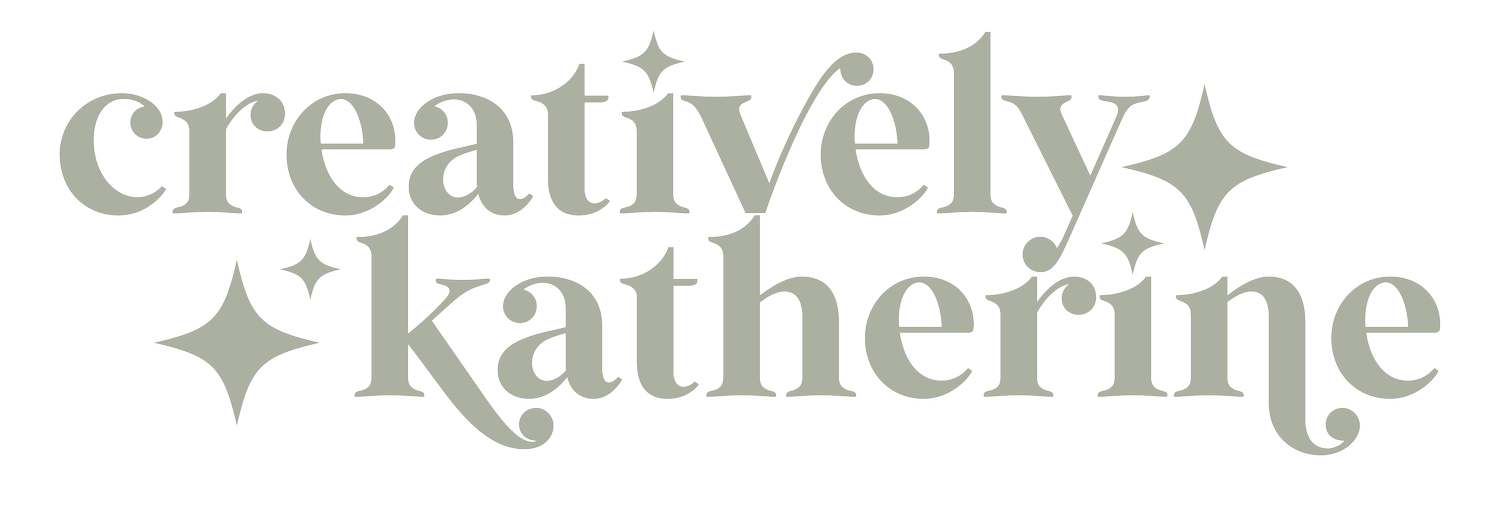ORGANIC SOCIAL MEDIA VS. PAID ADVERTISING: BENEFITS AND BEST PRACTICES
If you own a business, you need to be on social media. It’s as simple as that.
Whether you decide Facebook and Instagram are the right channels for your demographic, or TikTok and X, it’s extremely beneficial to market your brand online.
You may be wondering, “What’s the difference between these social media channels?” and other questions like, “How is social media going to cost my business?” and “What will be my ROI?”
If you’re feeling overwhelmed by social media, it’s okay, I get it - it’s a lot to learn and can be intimidating. But that’s what I’m here for.
To get started, let’s chat about the difference between organic and paid social media.
Organic social media is free. It’s as simple as logging into Instagram, creating an account for your business, and starting to post.
Paid social media costs money. It’s how you can advertise your business, products, or services to your ideal target audience and turn them into potential customers.
So, now you may be wondering, “what does my business need?”
First, you need a social media strategy, which you can learn more about here. A clear strategy will help you determine what channels make sense for your business.
Next, start your organic social media channels and post consistently for at least 30 days before moving forward with advertising. This way, your page is fully set up and functional, and the traffic (people) you’re sending to your page can engage with your existing content.
Finally, you need to determine your budget for paid ads.
All social media strategies should include an organic and paid plan, as the two together will drive results for your business.
What is Organic Social Media?
Organic social media content is “free” online advertising. You simply go to the channel of your choice, make an account, and Ouila! You can start posting.
However, the skills needed to begin sharing content include photography/videography (it can be your cell phone camera!), graphic design (I highly recommend Canva), and copywriting. I recommend posting a myriad of content to your channel, including videos, photos, graphics, carousels, and more.
You should also be focusing on community management and building relationships via organic social media marketing. This can be done by following other accounts, commenting on their posts, and replying to messages from your followers.
The main benefits of organic social media marketing are creating a social presence for your brand and cultivating brand authenticity through sharing content and engaging with your followers.
What is Paid Social Media?
Paid social media marketing or “paid ads” is when you pay to have your content shared with a targeted audience and specific goal in mind.
There are many benefits of paid social media, including reaching your target demographic, driving traffic to your website, and driving conversions through gaining followers, selling products, booking appointments, etc.
What are my favorite ways to advertise for my business?
Running ad campaigns! I primarily do this through Meta and LinkedIn. You can also build campaigns to promote your business and create very specific audiences citing details like job titles, behaviors, geographic locations, interests, and more to reach your target audience. From there, you add your compelling ad creative and copy and direct them to your destination of choice. This is done on the back end, so once the post goes live, it feeds directly to its intended audience that you specifically curated.
Paid ads can be a very effective way to drive targeted traffic and strong results while also increasing your brand’s exposure.
The Importance of Leveraging Both Organic and Paid Social Media For Your Business
Organic and paid social media complement each other very well. For example, if you started with only paid ads, when users click your page, they won’t have any content to see if you aren’t already consistently posting organic content. It’d be like selling tickets to an event; when people arrive, no one is there for them to engage with.
And if you only focus on organic content, you won’t be able to drive the direct traffic you want to your website or product offerings, resulting in a ton of effort with a more limited ROI.
It’s important to leverage organic social media marketing for consistent content, long-term relationship building, and brand loyalty. Paid advertising can be used for precision targeting and more immediate impact, especially during slower seasons or launches.
An example of a great social media plan for organic and paid efforts?
Launching social media channels and posting at least 3x per week for 90 days
Setting up your profile fully with SEO-optimized bios, story highlights, and links
After 90 days, build your first paid social media campaign, creating audience lists that resonate with your goals using similar messaging as your organic content so that everything is cohesive
Maybe you want to drive traffic to your website, or maybe you want to convert more of your target audience into followers for brand awareness
Launch your campaign and monitor for no less than 4 weeks, making optimizations as needed to see the best results
To create a balanced strategy, it’s important to set clear objectives and KPIs for both organic and paid efforts. It’s also crucial to set a budget for both organic and paid social media marketing for maximum impact. Note - social media is an investment, but it’s incredibly worth it to grow your business. To make sure you’re reaching the ROI you’d like to see, monitoring performance regularly is key to measuring success and adjusting your strategy accordingly.

